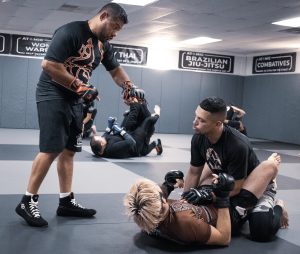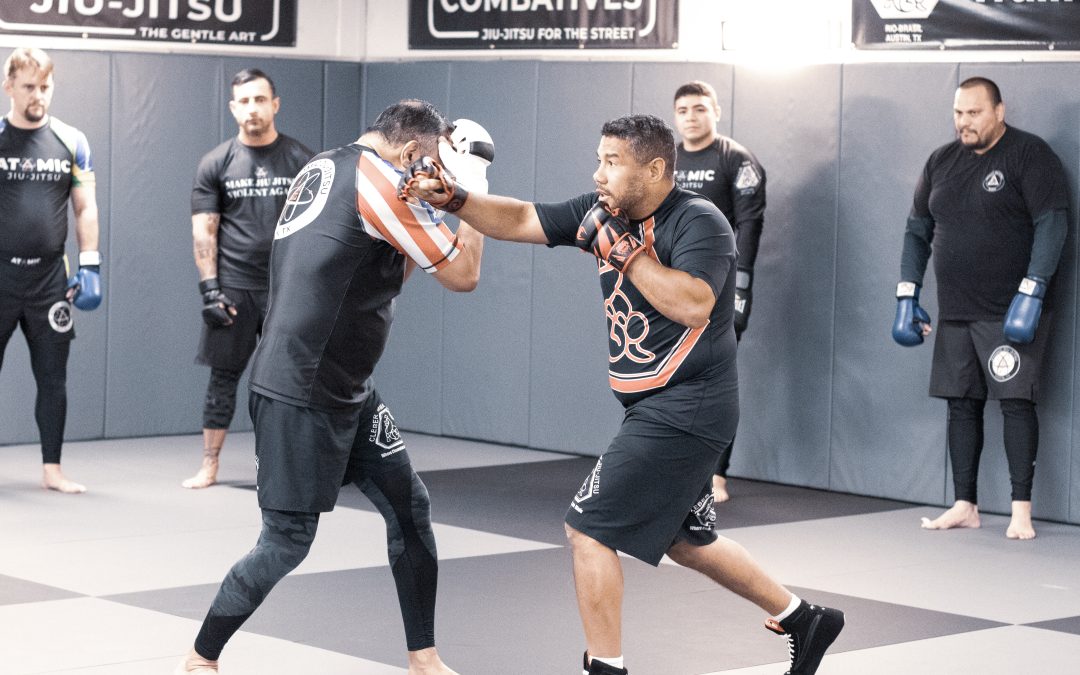Is Striking the Perfect Self-Defense Martial Art? Simple Answer.. No
By Adrian J Trevino
Choosing a striking martial art, such as Boxing, Karate, Krav Maga, or Kickboxing, for self-
defense certainly has its strengths, but it also comes with significant limitations and
potential drawbacks that practitioners should consider.
Limited Control of Violence Level:
One of the primary downsides of relying solely on striking techniques is the limited
ability to control the level of violence in a confrontation. Striking arts focus on punches,
kicks, and elbows aimed at incapacitating an opponent, which can escalate a situation
quickly. Without the ability to neutralize or control an aggressor through grappling or
restraining techniques, practitioners may find themselves in situations where the use of
force escalates beyond what was intended.

Risk of Severe Injury:
Striking martial arts emphasize delivering powerful blows to vulnerable areas of the
body, such as the head and vital organs. While effective for self-defense, these
techniques also increase the risk of causing severe injury to either party involved in a
confrontation. In real-world scenarios, the potential for unintended consequences, such
as permanent damage or even death, is a sobering reality.
Civil or Legal Consequences:
In many jurisdictions, the use of force in self-defense is tightly regulated by law.
Practitioners of striking martial arts may face legal repercussions if their response to a
threat is deemed excessive or disproportionate. In the heat of the moment, it can be
challenging to gauge the appropriate level of force necessary to defend oneself without
crossing legal boundaries. This ambiguity can lead to prolonged legal battles and
significant financial and emotional costs.

Holistic Self-Defense Approach:
To mitigate these downsides, many self-defense experts advocate for a holistic
approach that integrates striking techniques with grappling, control holds, and
situational awareness training. By diversifying their skill set, practitioners can adapt to
varying levels of threat and potentially defuse confrontations before physical force
becomes necessary. Moreover, learning de-escalation techniques and understanding
legal self-defense principles can help individuals navigate high-stress situations more
effectively.
Conclusion:
While striking martial arts provide valuable tools for self-defense, they also pose
inherent risks, including limited control over violence, potential for severe injury, and
legal ramifications. As such, individuals interested in self-defense should consider a
comprehensive training regimen that addresses a range of potential threats and equips
them with the skills and knowledge to protect themselves responsibly in different
situations.

